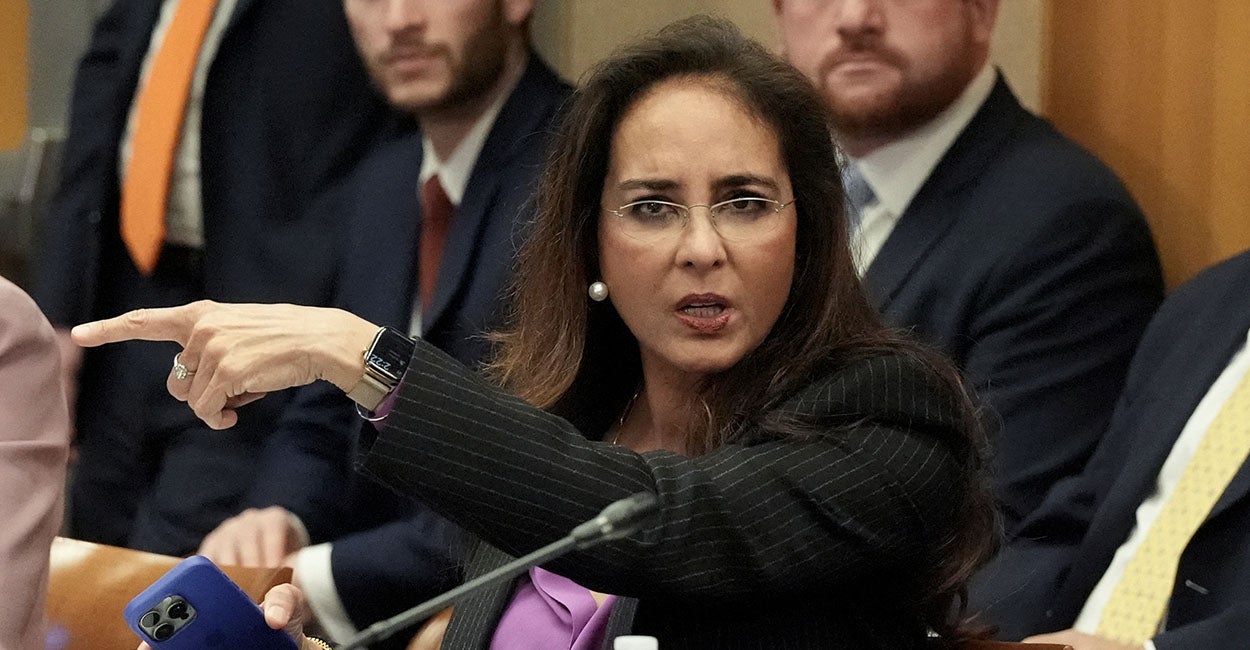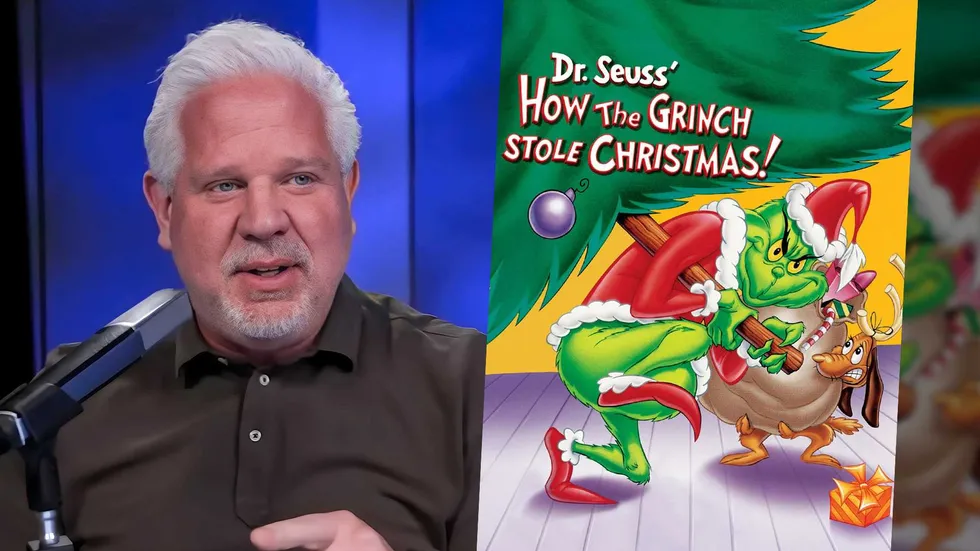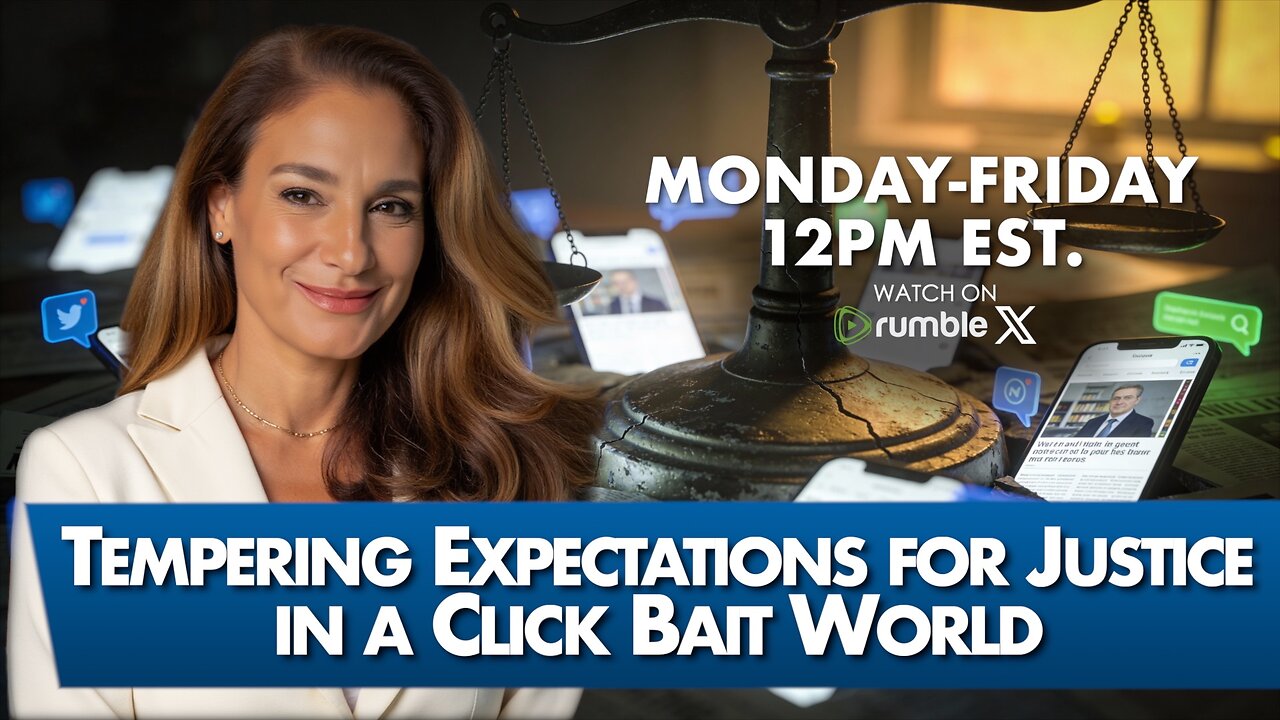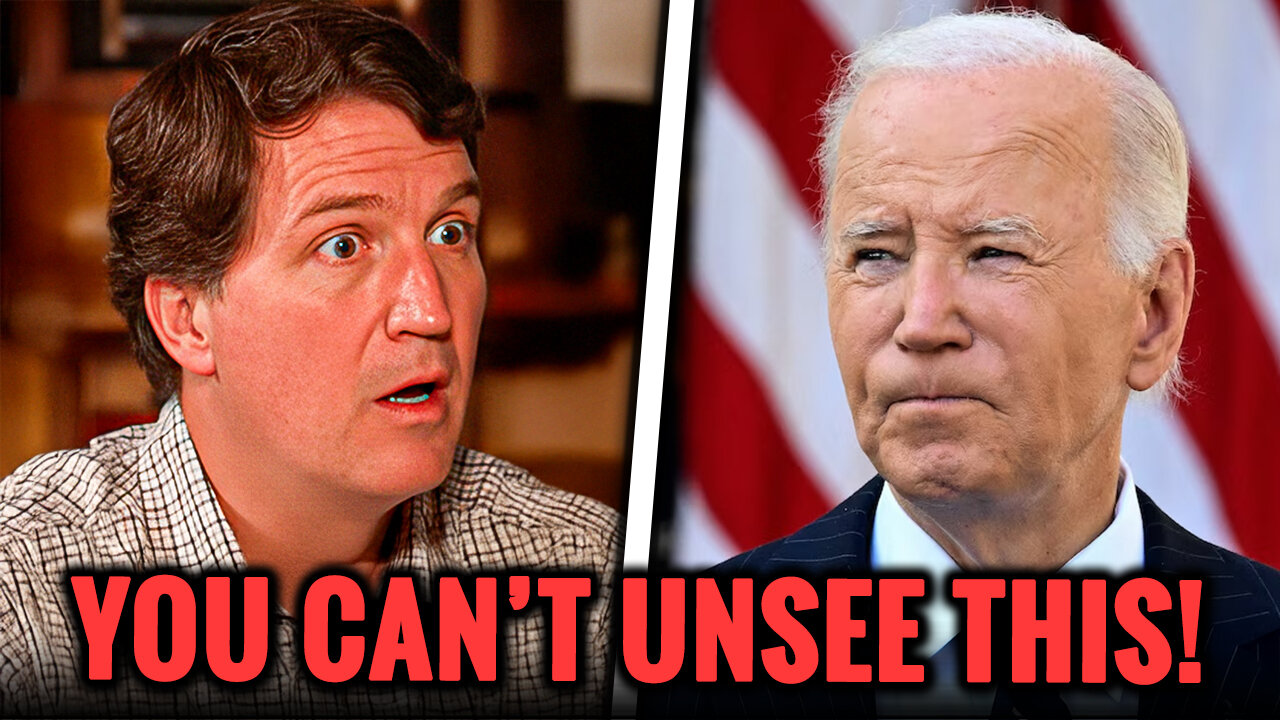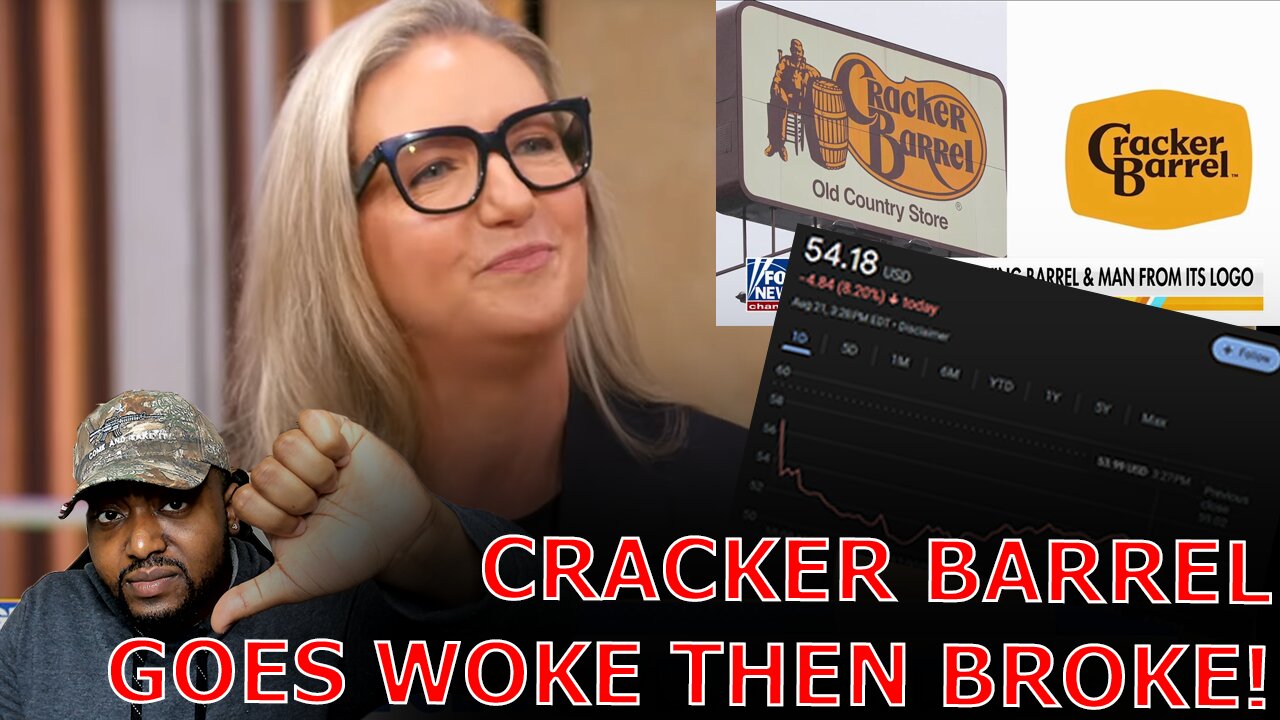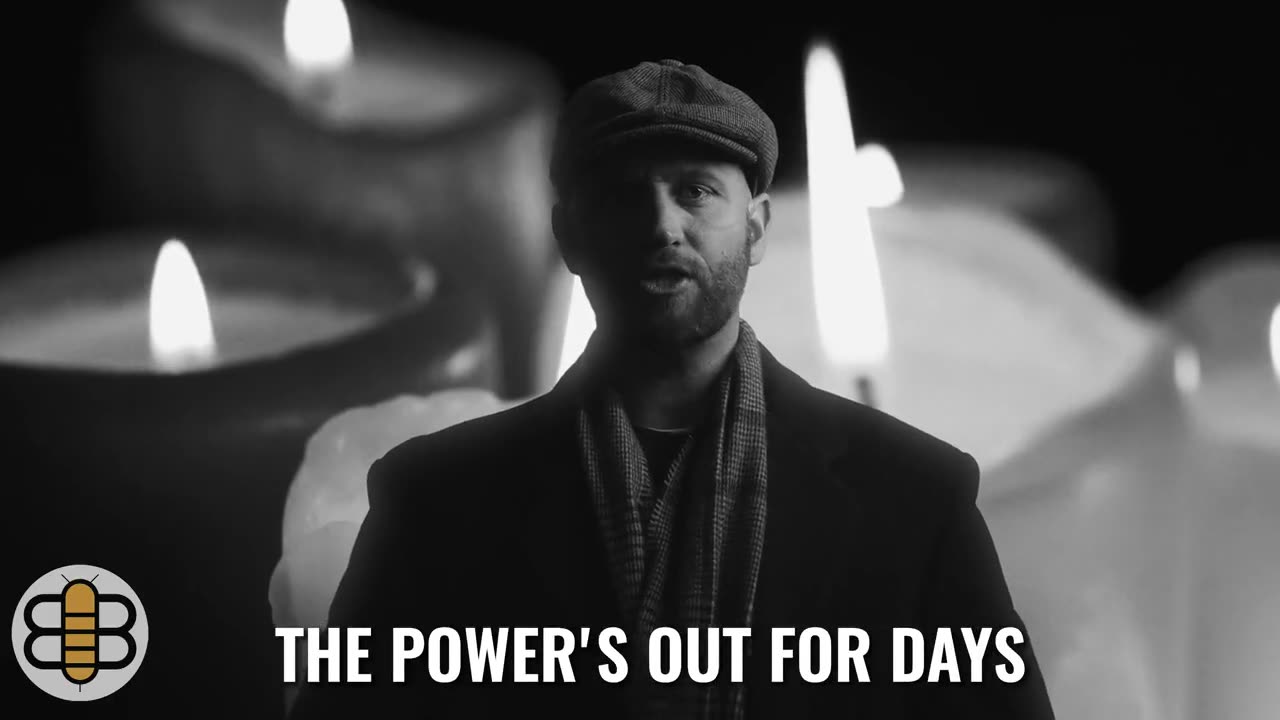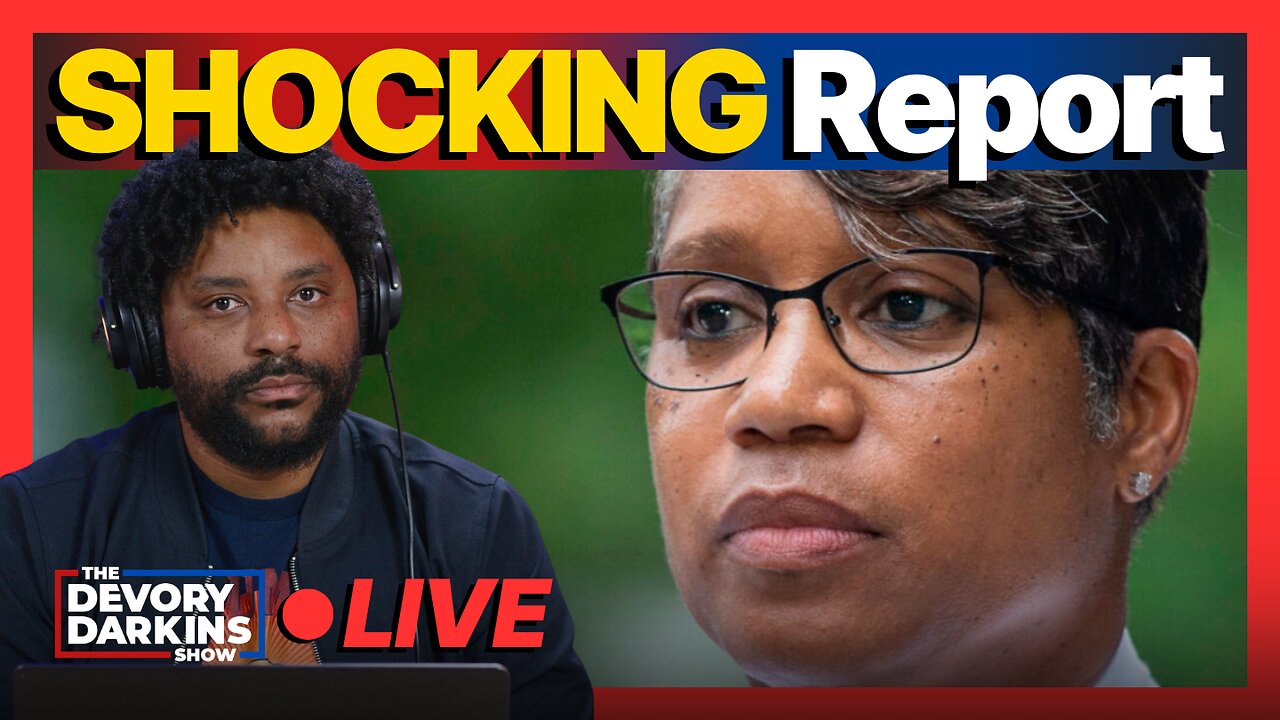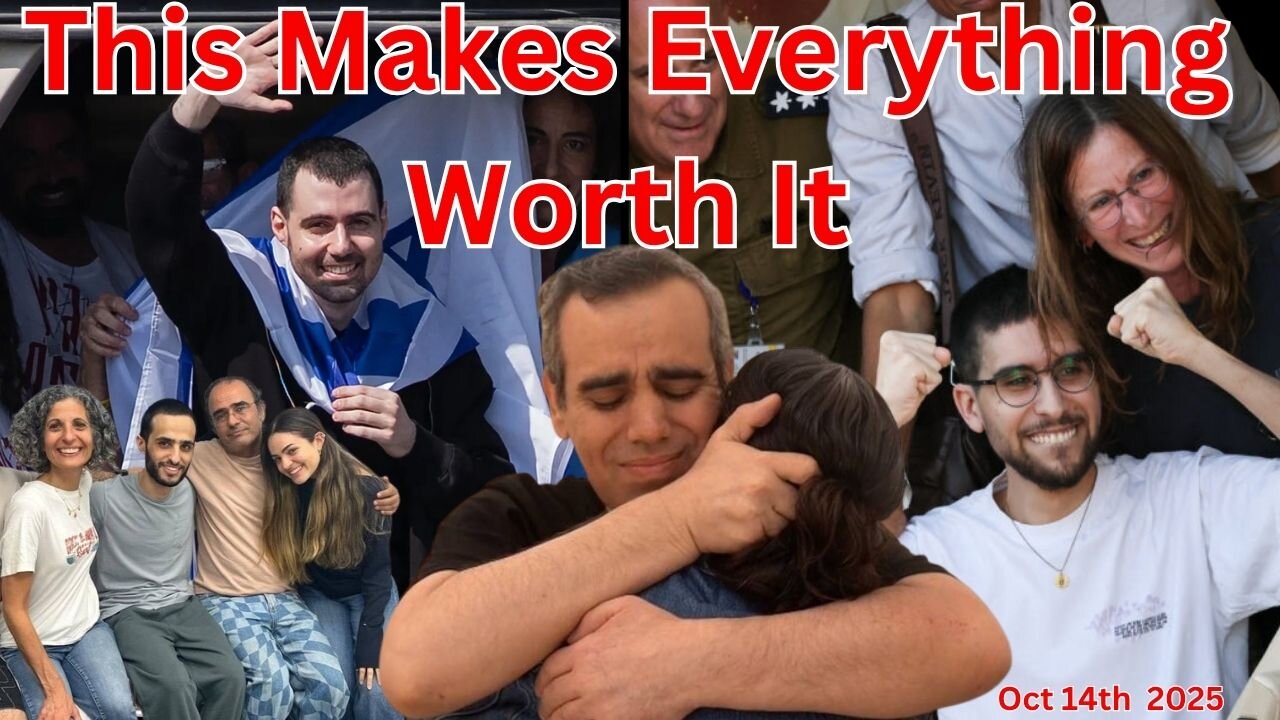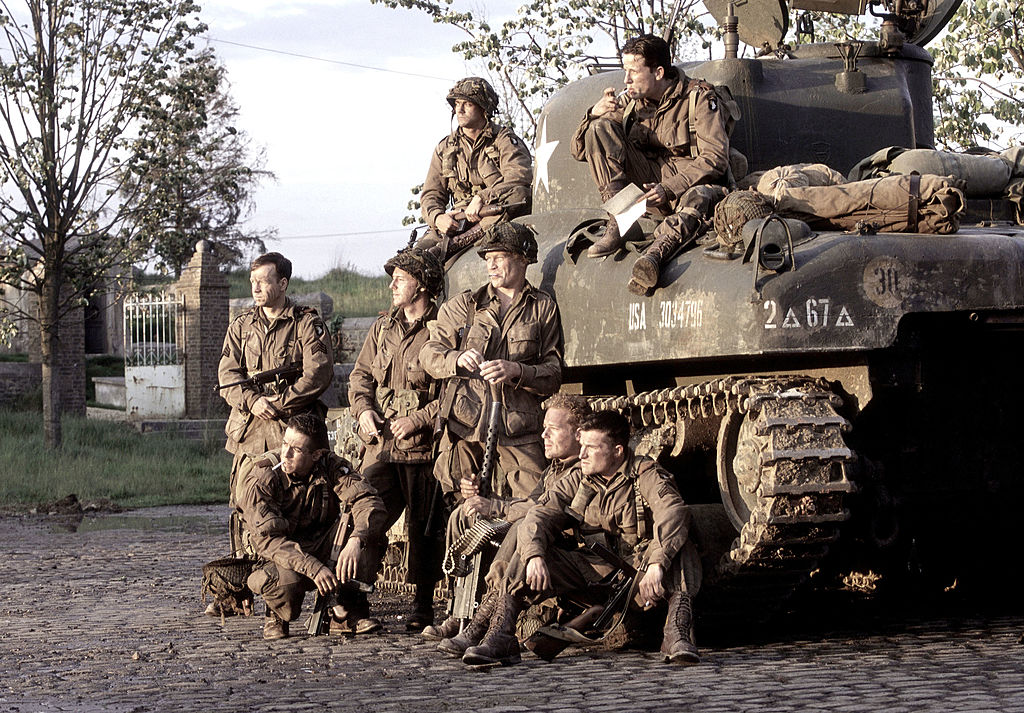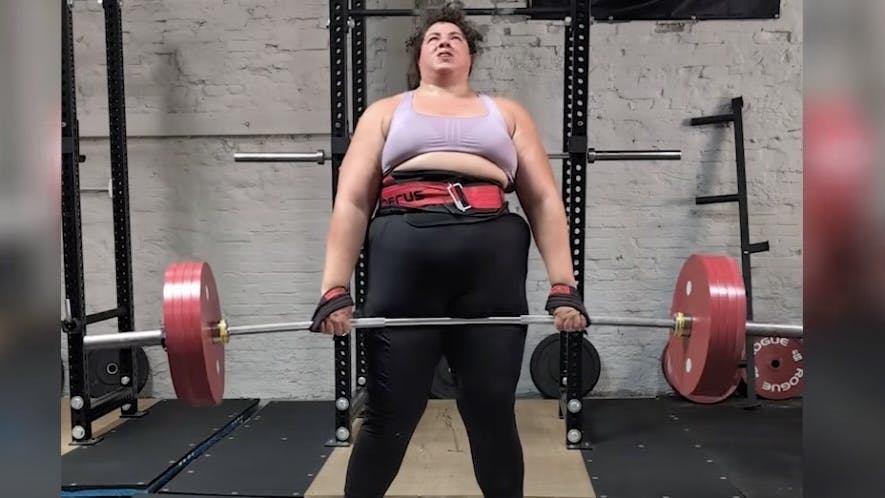Have You Forgotten About Iryna Zarutska? They Want You To. Here’s Why.

By all accounts — including his own — 36-year-old roofer Joe Gonzales was an evil human being who deserved to die. In 1992, in the state of Texas, Gonzales murdered a 50-year-old building contractor who supposedly owed him $200. Gonzales robbed the man and attempted to make his death look like a suicide. But it wasn’t a very convincing defense, because people who kill themselves normally don’t rob themselves after they do it. At trial, Gonzales told the jury, “I am a man who has no regard for the law. I am a man who has no regard for humanity.”
Live Your Best Retirement
Fun • Funds • Fitness • Freedom
Within just twelve minutes, in November of 1995, the jury convicted Gonzales and recommended the death penalty.
If you had to guess how long it took Joe Gonzales to actually be put to death, what would you say? What’s the approximate timeframe for how long you think Joe Gonzales sat on death row, before he was finally executed?
Maybe you’re thinking this is a trick question, and that the answer is: He was never actually executed, he’s still on death row, appealing the jury’s decision, to this day. That’s normally how death penalty cases go. We all know that. But in this case, surprisingly enough, Joe Gonzales was indeed put to death. And he was put to death very quickly, relatively speaking. Just ten months after the jury recommended the death penalty, in September of 1996, Joe Gonzales was executed by lethal injection. It was the fastest execution in U.S. history since Gary Gilmore was executed in Utah in 1977 by firing squad, just three months after he was convicted of two murders.
The reason both of these men were executed so quickly is that, unlike most death penalty defendants, they weren’t interested in dragging the process out. They didn’t have any interest in appealing their sentences. So they allowed the government to proceed with the executions, without undue delay. And the government obliged. Left to their own devices, without any frivolous appeals, states like Texas and Utah were able to dispense justice in a reasonable timeframe.
This is not ancient history. We’re not talking about executions in colonial New England, or anything like that. In modern America, it’s entirely possible to put violent criminals to death, promptly. One of the key steps we need to take, as these cases demonstrate, is to get rid of the idea that death penalty defendants are entitled to an automatic appeal. These appeals can take decades to resolve. They’re almost always unnecessary.
But ever since the 1970s, because of a Supreme Court decision, these appeals have been mandatory (unless the defendant waives them). As a result of this decision by the Supreme Court, the average time that inmates spend on death row has ballooned.
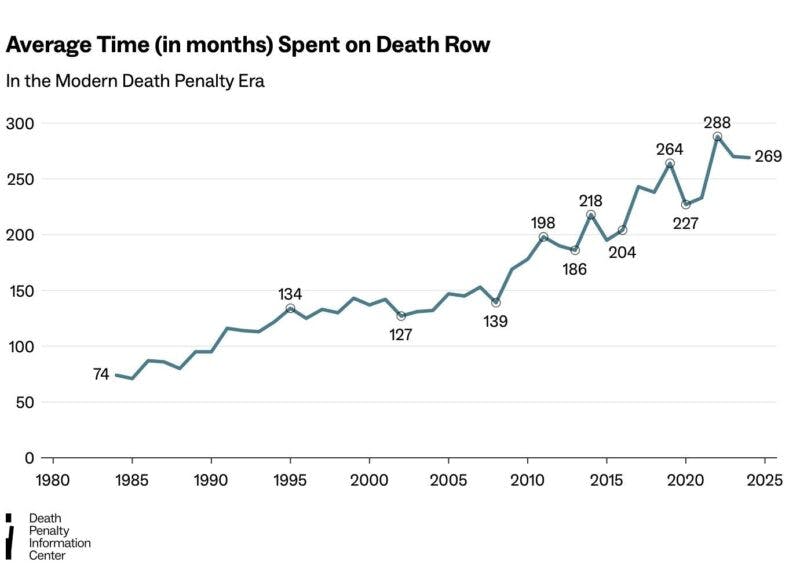
Source: Death Penalty Information Center
In the 1980s, as you can see here, the average time spent on death row was around 74 months. Now it’s over 260.
So it didn’t take long, after the Supreme Court’s decision in 1976, for everything to slow down. They introduced mandatory appeals, and now inmates are spending three times as long on death row.
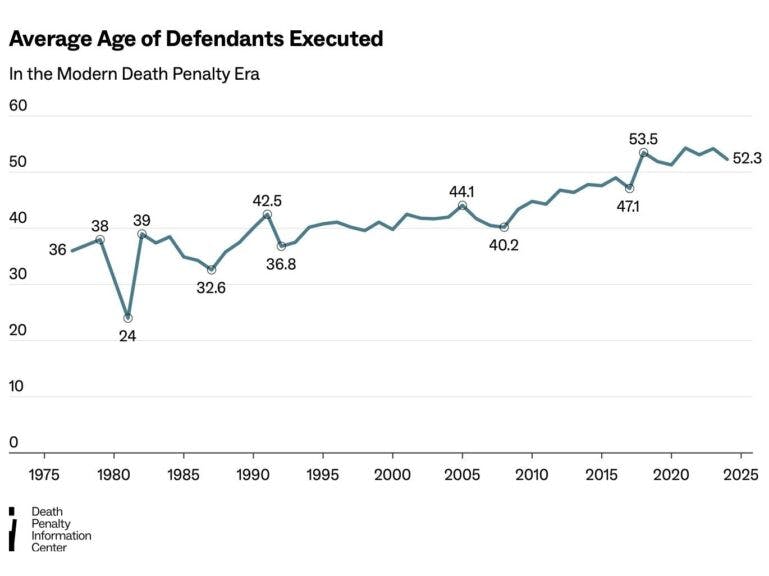
Source: Death Penalty Information Center
Along the same lines, as you’d expect, there’s also been a dramatic change in the average age of a defendant who’s executed on death row. In 1975, the average age was 36. In 1980, the average age was 24.
By 2005, the average age was up to 44. Now it’s over 50. In fact, more than 570 prisoners on death row are over the age of 60, as of 2019. Back in 1996, that number was just 39.
Some elderly prisoners — like Vernon Madison in Alabama — are spending so much time on death row that they’re developing dementia and having strokes, which makes them ineligible for the death penalty because they’re supposedly “incompetent to be executed.” Yes, that’s an actual category of inmate. You might argue that competence is kind of irrelevant for the death penalty. You don’t need to be competent. You don’t need to do anything but die. But this is the system we have now. Even if you were competent to stand trial, it’s possible for you to lose your mind on death row. And then you go back to general population, as a confused vegetable, while the victim’s family wonders when they’re going to get the justice they were promised. This is supposedly the “humane” solution, according to the Supreme Court. We need an absurd amount of appeals and bureaucratic wrangling, lasting years and years, before we can actually execute anyone.
Keep in mind, the Supreme Court made this decision in an era before advanced DNA evidence, modern ballistics techniques, or widespread video surveillance. The general sentiment, at the time, was that innocent people might be convicted and sent to death row. So therefore, because evidence wasn’t robust, we supposedly needed mandatory appeals, to make sure that innocent people weren’t executed.
But that’s not the case any more.
Most death penalty cases are similar to the murder of Iryna Zarutska.
It’s an important case, even amid all of the other things happening in the country. And we cannot forget what happened to her.
That’s why I want to give a brief update on the case and tell you what’s going on with it now. The answer, as we’ll see, is that nothing is going on. There is no update. No movement at all. And that’s the point.
Now, of course, there is no doubt whatsoever as to who is responsible for Iryna’s death. The killer in this case has more than a dozen prior arrests. He committed the crime on camera, as we all remember. In a just society, the man responsible — Decarlos Brown Jr. — would be given a speedy trial, under our Constitution, and then put to death.
That’s true even if you buy his defense, which is that he was “mentally ill” in some way. But really, the defense is nonsense. This is a surveillance photo from the light rail, a second or so after he stabbed and mortally wounded Iryna. It’s the photo you’ve probably seen many times before.

Screenshot: Surveillance video, Charlotte Area Transit System
It’s obvious that Decarlos Brown went out of his way to target a defenseless woman who wasn’t even looking at him. He sat in wait for his victim. After he killed her, he said something along the lines of, “I got that white girl.” And then, as this surveillance footage from the train station, which was just released, demonstrates, he changed his clothing.
Credit: WBTV News/Charlotte/YouTube.com
This is the footage of the arrest of Decarlos Brown. The officers swarm him pretty quickly. But as you can see, he’s not wearing the red clothing anymore. He’s carrying his sweatshirt. So it looks a lot like he understood that he had just killed someone, and wanted to avoid detection.
Whether he “heard voices” or not, or whether he has “impulse control issues” or not, it doesn’t matter. Someone who decides to murder an innocent woman, for any reason, forfeits his right to live. And that’s clearly what happened here.
But because our death penalty system is a bureaucratic morass, Decarlos Brown will not be executed anytime soon.
This is the latest reporting from a local news station in North Carolina. Here’s what’s happening with his case right now.
The man accused of killing a Ukrainian woman on a Charlotte light rail almost two months ago was scheduled to have a crucial court hearing on Thursday. Decarlos Brown Jr., the man accused of killing 23-year-old Iryna Zarutska back in late August, was scheduled to have a Rule 24 court hearing on Thursday, Oct. 16. A Rule 24 hearing is for the state to determine whether or not they would pursue the death penalty. Court documents said that the hearing has now been pushed back until April 2026. The decision to delay the hearing came from Brown and his attorney, Daniel Roberts. However, the reason for the delay was redacted, according to court documents.
So there’s going to be a “hearing” to “determine whether or not” the state will “pursue the death penalty” — as if there’s any doubt that they should. Decarlos Brown should’ve been put down somewhere after his 10th conviction. And he certainly should be executed now. But this hearing won’t take place until April of next year.
Of course, the best part of all is that you don’t even get to know why the hearing was delayed. You get no information whatsoever. All you can be sure of, at this point, is that the trial isn’t going to take place for a very long time — if it occurs at all. Even in a case where the defendant’s guilt is obvious to everyone in the entire country, we’re told to put up with endless delays, for no reason.
These delays are downstream from that Supreme Court decision in the 1970s. And that Supreme Court decision was downstream of the belief — which is false — that innocent defendants are sent to death row all the time. That wasn’t true in the 1970s. And it’s certainly not true anymore. We don’t need a neurotic number of hearings and appeals to determine the fate of animals like Decarlos Brown. The evidence is overwhelming. And it’s overwhelming in every other death row case, as well.
So why haven’t any states attempted to bypass this Supreme Court decision, with lawsuits or new legislation? Why haven’t we seen legal challenges to this absurd framework that essentially renders the death penalty moot? Why don’t states say, actually, we don’t need mandatory appeals anymore, or endless hearings. We can just hold a trial, present the overwhelming evidence, and then get on with the execution. There’s certainly no constitutional basis for making the death penalty effectively impossible to enforce. On the contrary, the Founders approved of the death penalty — explicitly, in many cases. So why don’t we see any legal challenges on this point?
The only explanation that makes sense is that — in the case of Decarlos Brown, and every other case like his — the people in charge of the state government want us to forget what happened. They want the outrage to subside, which it usually does. And then they can get away with giving as lenient a sentence as possible. That’s what the mayor of Charlotte clearly wants. Remember, she put out a statement saying we should feel sympathy for people like Decarlos Brown, and attacked anyone who shared the footage of Iryna’s murder. She doesn’t want Decarlos Brown to be executed. If she can arrange it, she wants him out on the streets, as soon as possible, so he can terrorize more innocent women.
And it’s not crazy to think the mayor of Charlotte might accomplish that goal. Just a week ago, we covered the case of a convicted child killer who managed to get out of prison in less than a decade. Fortunately, in the case of Decarlos Brown, there are federal charges as well — and those charges are also death-eligible. But that prosecution — and any potential conviction — could be undone by a future Democrat administration. And at this point, particularly if Decarlos Brown isn’t executed, that outcome seems like a distinct possibility. But it shouldn’t be possible. The right to a speedy trial doesn’t just apply for the benefit of the defendant. It also applies for the benefit of society at large. We have a constitutional right to see violent criminals punished, swiftly, to the fullest extent of the law.
Every once in a while, over the past month or so, I’ve come across a post on X with that picture of Iryna, along with a message like “We haven’t forgotten you,” or something along those lines. I hope that’s true. But as months turn into years, inevitably, people will become distracted. There will be more violence and chaos and tragedy — Democrats will make sure of that. And it will be easy, despite our best efforts, to forget what happened to Iryna. That’s what they want us to do. That was the whole point of the Supreme Court’s decision in the 1970s, and all the state laws that followed. Now’s the time for those laws to change. And it’s time for Iryna Zarutska’s killer to receive a fair trial, and then a speedy execution in a matter of weeks, if not days — which is, admittedly, a far more dignified death than he deserves. But under our Constitution and our common law tradition on the death penalty, which has been ignored since the 1970s, it’s the fate that Decarlos Brown should receive.
* * *
Join us now during our exclusive Deal of the Decade. Get everything for $7 a month. Not as fans. As fighters. Go to DailyWire.com/Subscribe to join now.
Originally Published at Daily Wire, Daily Signal, or The Blaze
What's Your Reaction?
 Like
0
Like
0
 Dislike
0
Dislike
0
 Love
0
Love
0
 Funny
0
Funny
0
 Angry
0
Angry
0
 Sad
0
Sad
0
 Wow
0
Wow
0
